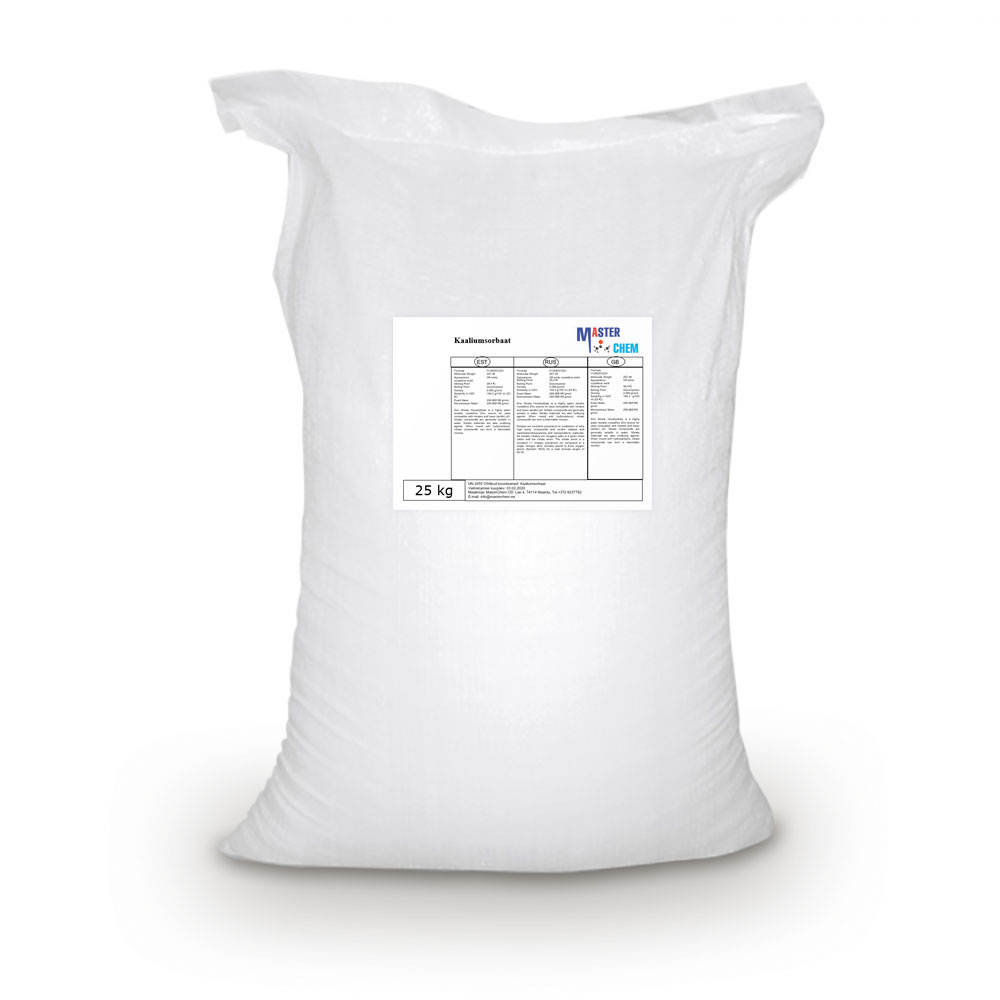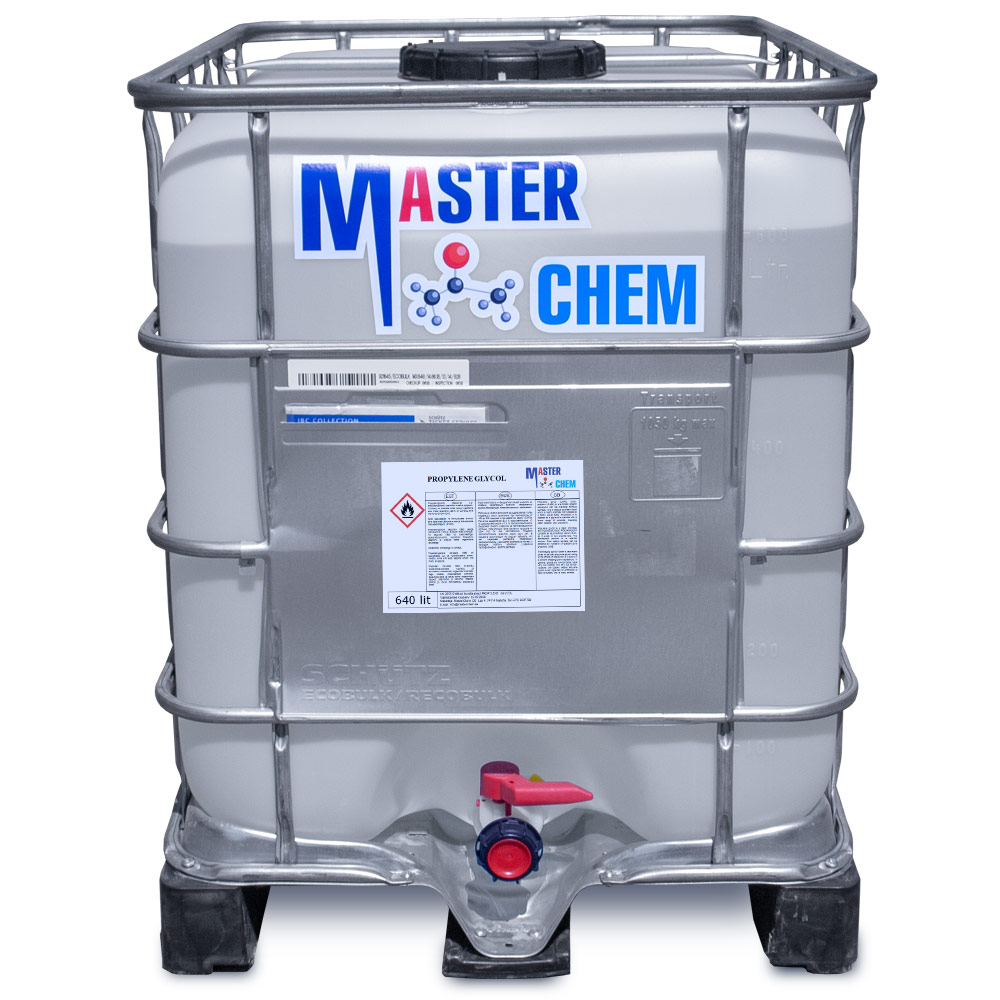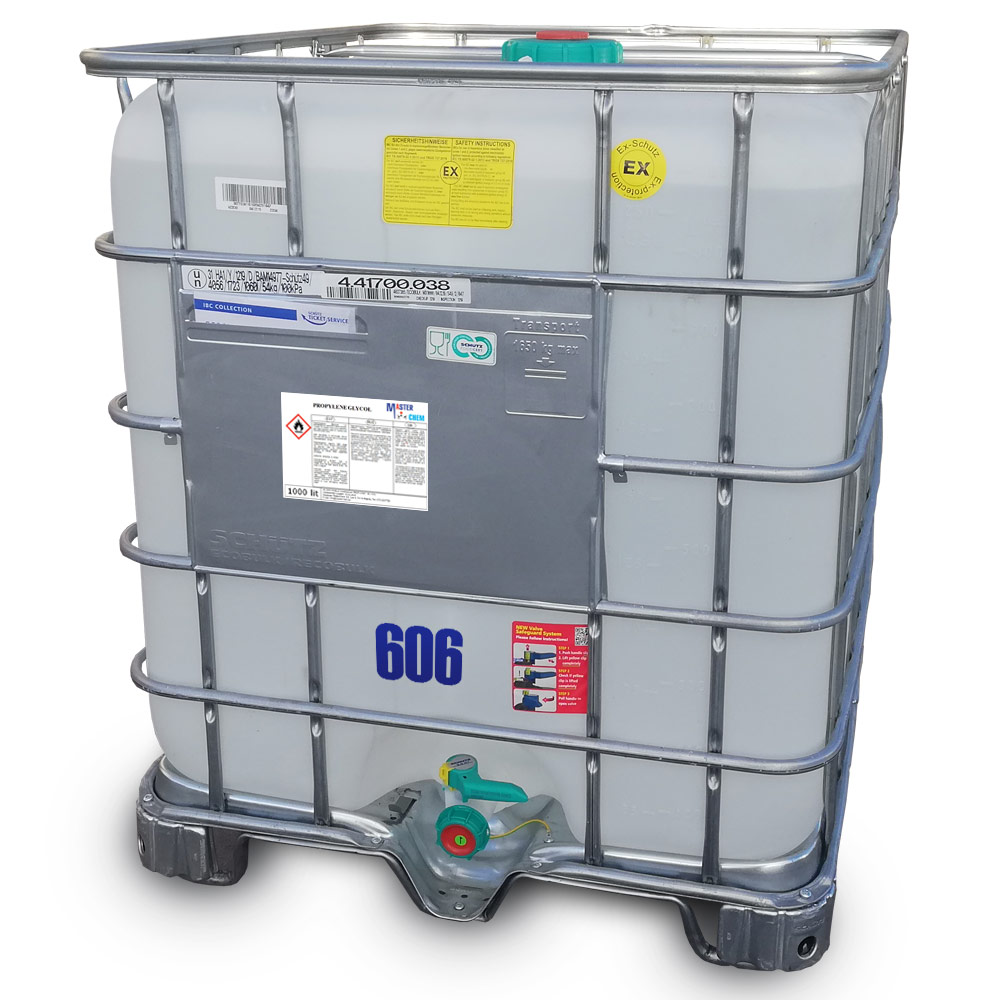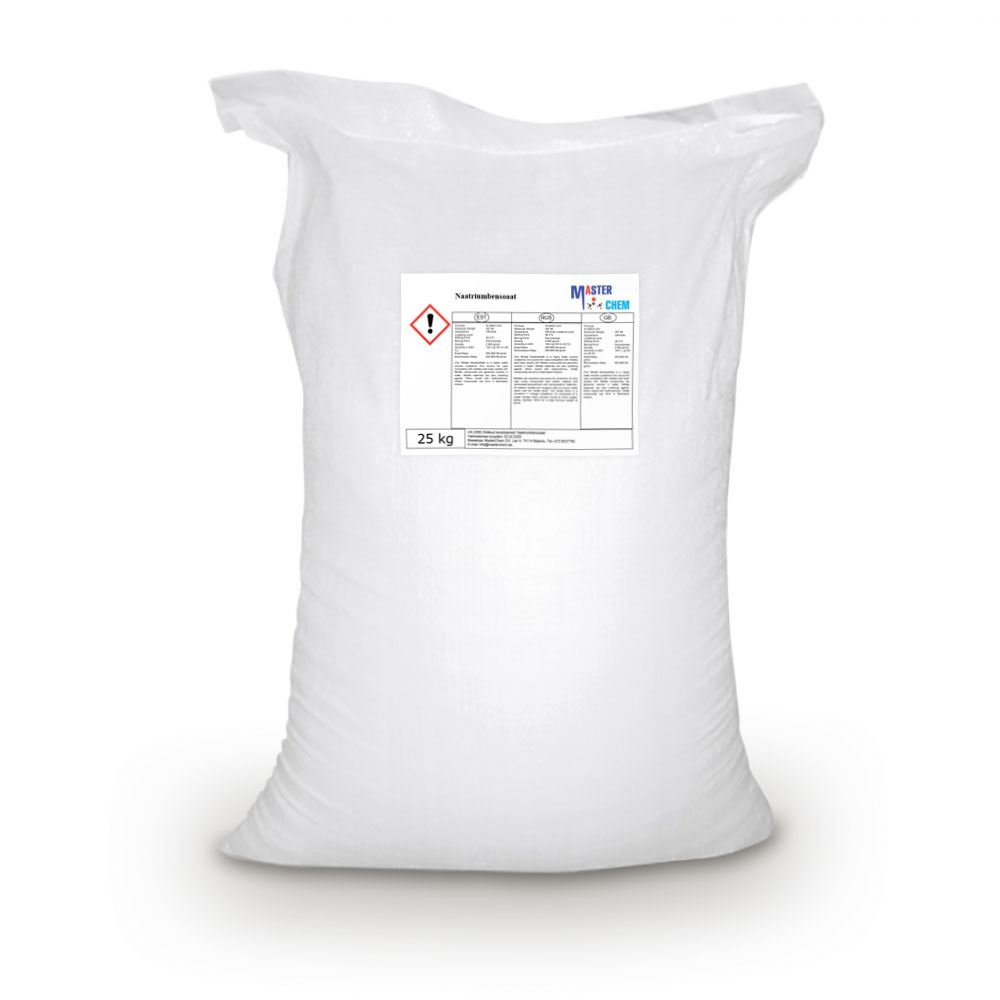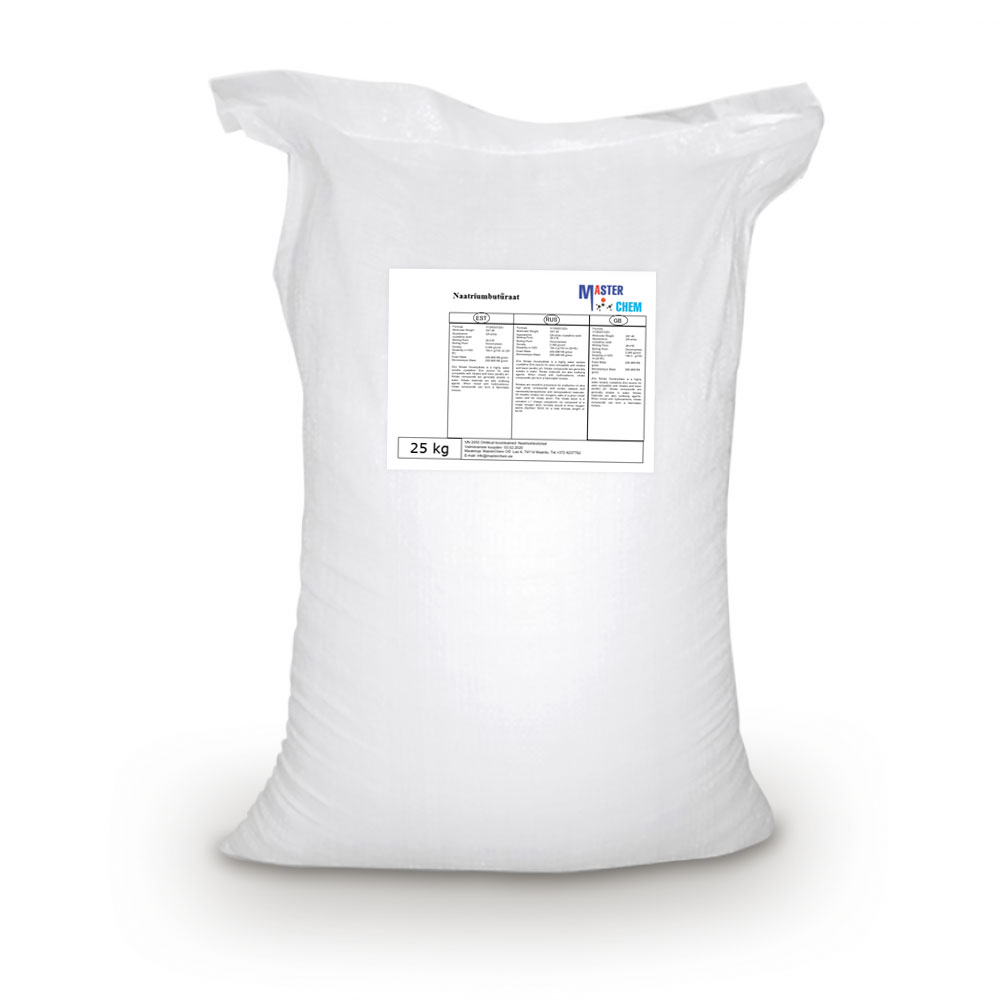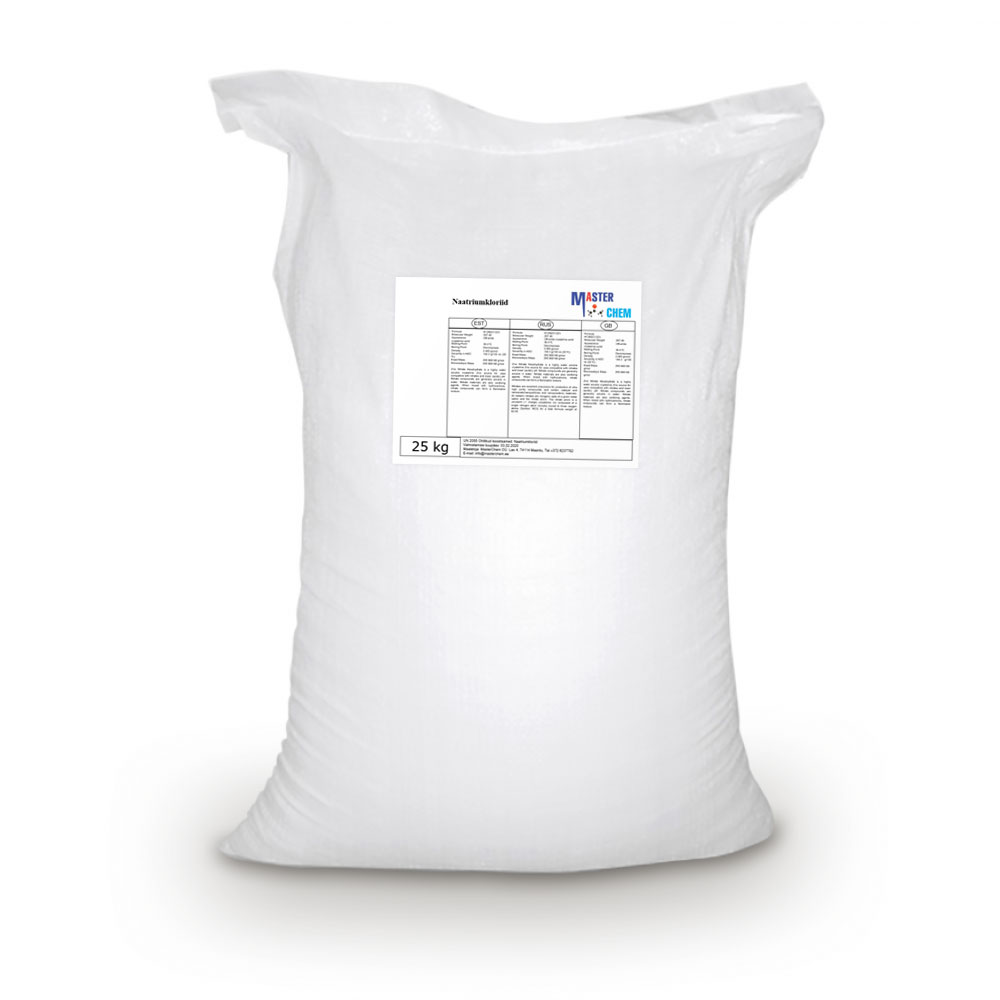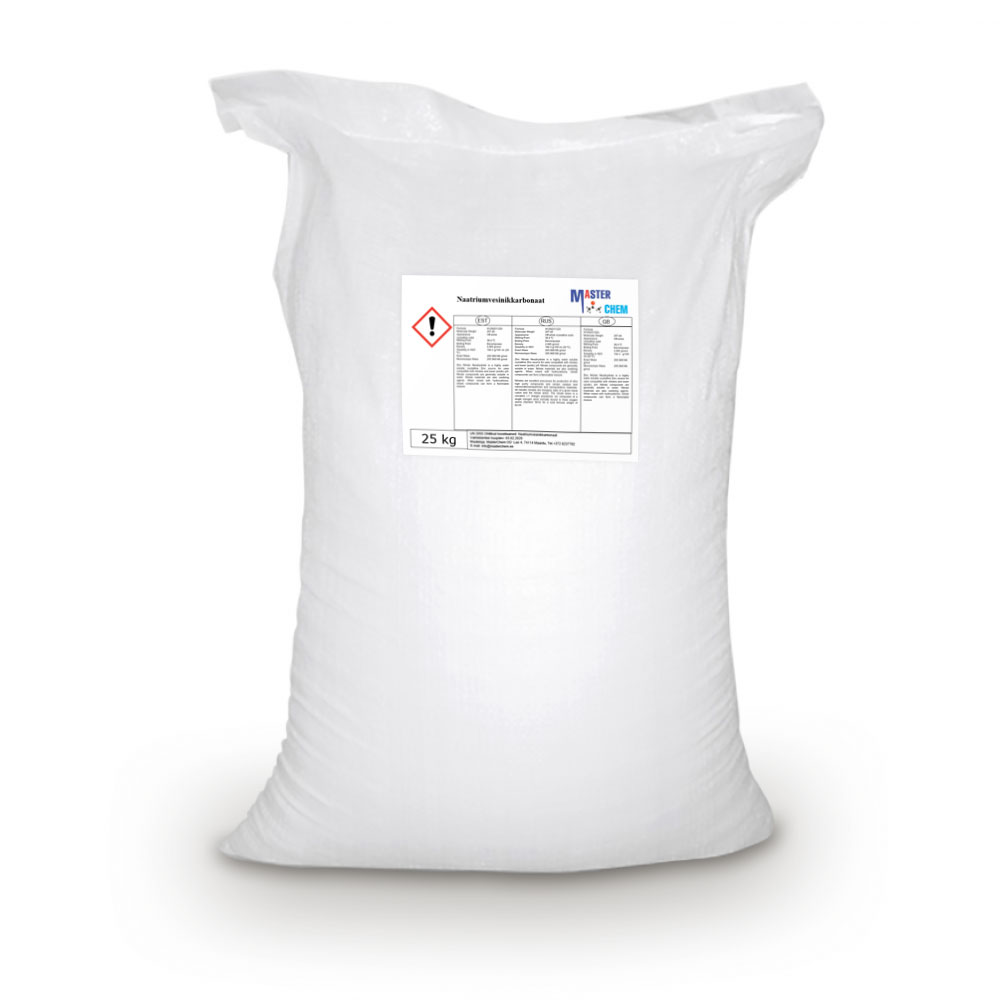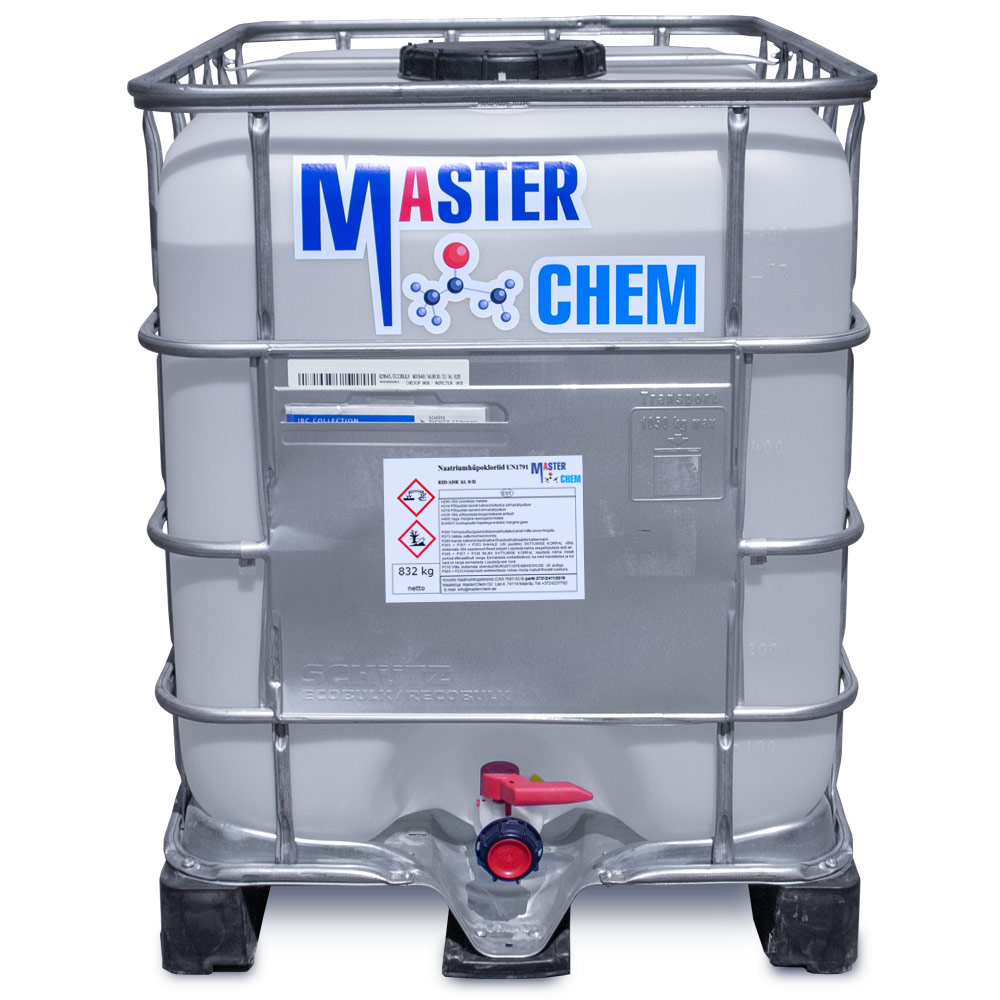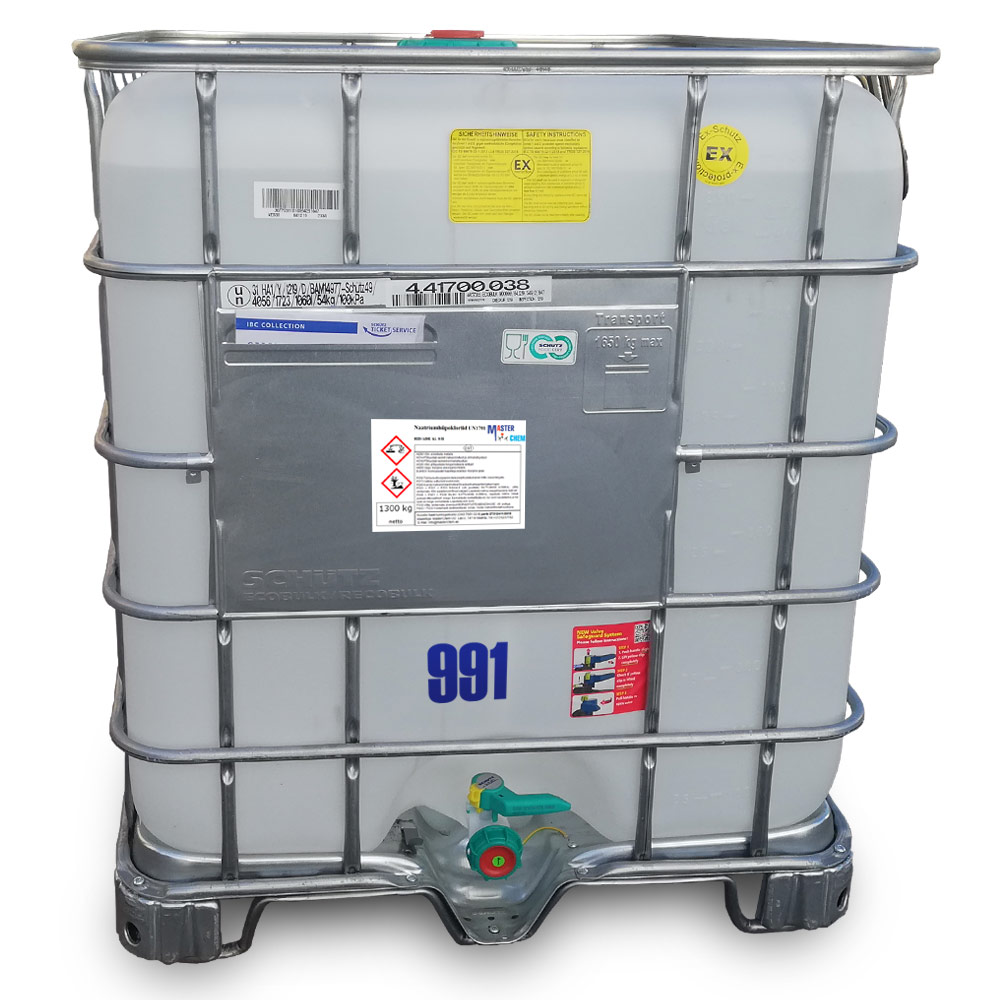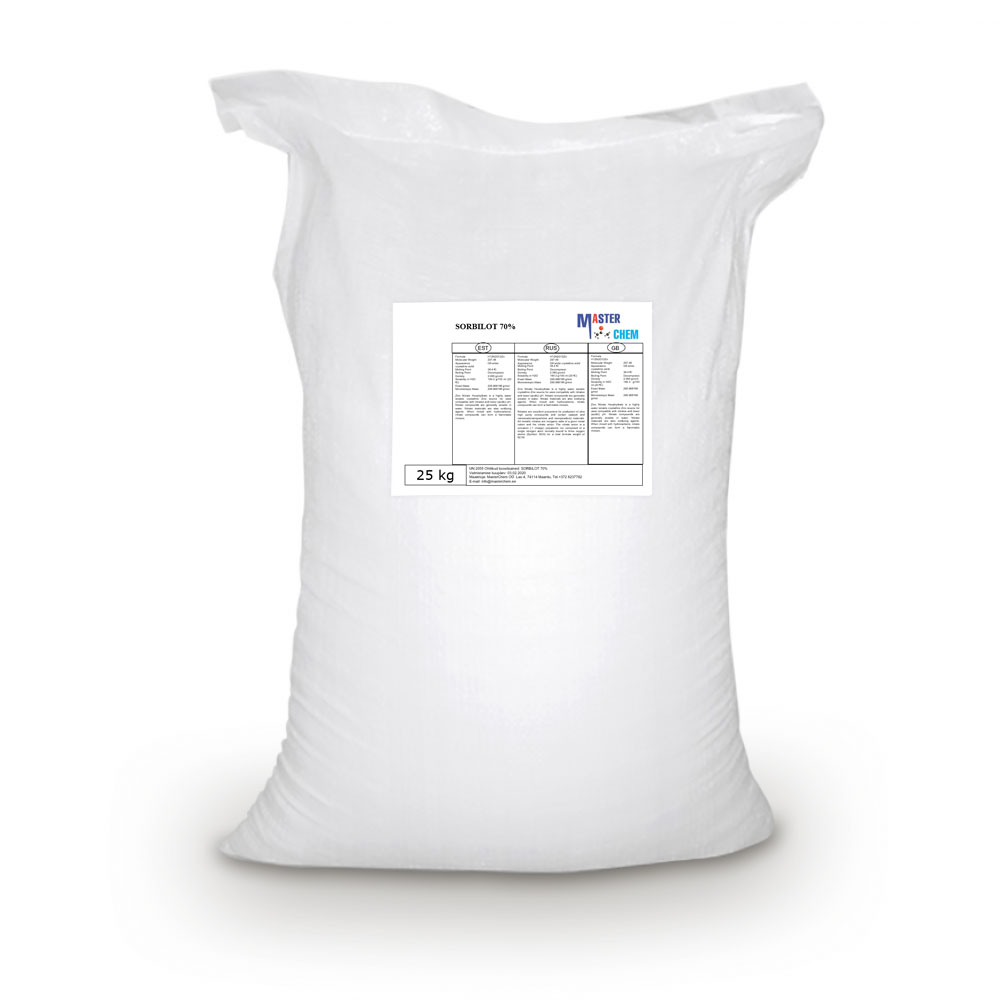Currently Empty: €0.00
Potassium sorbate (CAS 24634-61-5)
Potassium sorbate (CAS 24634-61-5)
Potassium sorbate is the potassium salt of sorbic acid, chemical formula CH3CH=CH−CH=CH−CO2K. It is a white salt that is very soluble in water (58.2% at 20 °C). It is primarily used as a food preservative (E number 202). Potassium sorbate is effective in a variety of applications including food, wine, and personal-care products. While sorbic acid occurs naturally in some berries, virtually all of the world’s supply of sorbic acid, from which potassium sorbate is derived, is manufactured synthetically.
Propionic acid (CAS 79-09-4)
Propionic acid (CAS 79-09-4)
Propionic acid (/proʊpiˈɒnɪk/, from the Greek words protos, meaning “first”, and pion, meaning “fat”; also known as propanoic acid) is a naturally occurring carboxylic acid with chemical formula CH3CH2CO2H. It is a liquid with a pungent and unpleasant smell somewhat resembling body odor. The anion CH3CH2CO2− as well as the salts and esters of propionic acid are known as propionates or propanoates.
Propylene glycol (CAS 57-55-6)
Other names: α-Propylene glycol, 1,2-Propanediol, 1,2-Dihydroxypropane, Methyl ethyl glycol (MEG), Methylethylene glycol
Propylene glycol (IUPAC name: propane-1,2-diol) is a synthetic organic compound with the chemical formula C3H8O2. It is a viscous colorless liquid which is nearly odorless but possesses a faintly sweet taste. Chemically it is classed as a diol and is miscible with a broad range of solvents, including water, acetone, and chloroform.
CAS: 57-55-6
Sodium benzoate (CAS 532-32-1)
Sodium benzoate (CAS 532-32-1)
Sodium benzoate is the sodium salt of benzoic acid, widely used as a food preservative and pickling agent. A white crystaline chemical with the formula C6H5COONa, it has an E number of E211. It can be produced by reacting sodium hydroxide with benzoic acid.
Sodium benzoate is produced by the neutralization of benzoic acid, which is itself produced commercially by partial oxidation of toluene with oxygen.
Many foods are natural sources of benzoic acid, its salts (such as sodium benzoate), and its esters. Fruits and vegetables can be rich sources, particularly berries such as cranberry and bilberry. Other sources include seafood, such as prawns, and dairy products.
Sodium butyrate (CAS 156-54-7)
Sodium butyrate (CAS 156-54-7)
Sodium butyrate is a compound with formula Na(C3H7COO). It is the sodium salt of butyric acid. It has various effects on cultured mammalian cells including inhibition of proliferation, induction of differentiation and induction or repression of gene expression. As such, it can be used in lab to bring about any of these effects. Specifically, butyrate treatment of cells results in histone hyperacetylation, and butyrate itself inhibits class I histone deacetylase (HDAC) activity, specifically HDAC1, HDAC2, HDAC3, and butyrate can be used in determining histone deacetylene in chromatin structure and function. Inhibition of HDAC activity is estimated to affect the expression of only 2% of mammalian genes.
In the lab, sodium butyrate is usually found as a white, water-soluble, crystalline solid. The chemical is notable for having a very strong, unpleasant smell that lingers. When working with sodium butyrate, gloves, eye protection and respiratory masks are advised for safety purposes.
Sodium chloride [rock salt] (CAS 7647-14-5)
Sodium chloride [rock salt] (CAS 7647-14-5)
Sodium chloride /ˌsoʊdiəm ˈklɔːraɪd/, commonly known as salt (although sea salt also contains other chemical salts), is an ionic compound with the chemical formula NaCl, representing a 1:1 ratio of sodium and chloride ions. With molar masses of 22.99 and 35.45 g/mol respectively, 100 g of NaCl contains 39.34 g Na and 60.66 g Cl. Sodium chloride is the salt most responsible for the salinity of seawater and of the extracellular fluid of many multicellular organisms. In its edible form of table salt, it is commonly used as a condiment and food preservative. Large quantities of sodium chloride are used in many industrial processes, and it is a major source of sodium and chlorine compounds used as feedstocks for further chemical syntheses. A second major application of sodium chloride is de-icing of roadways in sub-freezing weather.
Sodium chloride [salt tablets] (CAS 7647-14-5)
Sodium chloride [salt tablets] (CAS 7647-14-5)
Sodium chloride /ˌsoʊdiəm ˈklɔːraɪd/, commonly known as salt (although sea salt also contains other chemical salts), is an ionic compound with the chemical formula NaCl, representing a 1:1 ratio of sodium and chloride ions. With molar masses of 22.99 and 35.45 g/mol respectively, 100 g of NaCl contains 39.34 g Na and 60.66 g Cl. Sodium chloride is the salt most responsible for the salinity of seawater and of the extracellular fluid of many multicellular organisms. In its edible form of table salt, it is commonly used as a condiment and food preservative. Large quantities of sodium chloride are used in many industrial processes, and it is a major source of sodium and chlorine compounds used as feedstocks for further chemical syntheses. A second major application of sodium chloride is de-icing of roadways in sub-freezing weather.
Sodium hydrocarbonate (Baking Soda) (CAS 144-55-8)
Sodium hydrocarbonate (Baking Soda) (CAS 144-55-8)
Sodium bicarbonate (IUPAC name: sodium hydrogen carbonate), commonly known as baking soda or bicarbonate of soda, is a chemical compound with the formula NaHCO3. It is a salt composed of a sodium cation (Na+) and a bicarbonate anion (HCO3−). Sodium bicarbonate is a white solid that is crystalline, but often appears as a fine powder. It has a slightly salty, alkaline taste resembling that of washing soda (sodium carbonate). The natural mineral form is nahcolite. It is a component of the mineral natron and is found dissolved in many mineral springs.
Sodium propionate (CAS 137-40-6)
Sodium propionate (CAS 137-40-6)
Sodium propanoate or sodium propionate is the sodium salt of propionic acid which has the chemical formula Na(C2H5COO). This white crystalline solid is deliquescent in moist air.
It is used as a food preservative and is represented by the food labeling E number E281 in Europe; it is used primarily as a mold inhibitor in bakery products. It is approved for use as a food additive in the EU, USA and Australia and New Zealand (where it is listed by its INS number 281).
Sorbic acid (CAS 110-44-1)
Sorbic acid (CAS 110-44-1)
Sorbic acid, or 2,4-hexadienoic acid, is a natural organic compound used as a food preservative. It has the chemical formula CH3(CH)4CO2H. It is a colourless solid that is slightly soluble in water and sublimes readily. It was first isolated from the unripe berries of the Sorbus aucuparia (rowan tree), hence its name.
Sorbic acid and its salts, such as sodium sorbate, potassium sorbate, and calcium sorbate, are antimicrobial agents often used as preservatives in food and drinks to prevent the growth of mold, yeast, and fungi. In general the salts are preferred over the acid form because they are more soluble in water, but the active form is the acid. The optimal pH for the antimicrobial activity is below pH 6.5. Sorbates are generally used at concentrations of 0.025% to 0.10%. Adding sorbate salts to food will, however, raise the pH of the food slightly so the pH may need to be adjusted to assure safety. It is found in foods such as cheeses and breads.
Sorbilot 70% (CAS 68425-17-2)
Sorbilot 70% (CAS 68425-17-2)
Sorbitol is a hexahydric alcohol which is present in small amounts in fruit. The commercial product is obtained by hydrogenation of dextrose. Sorbitol is used in cosmetics, toothpaste, tobacco, pharmaceuticals etc. Sorbitol 70% Type NC is a non-crystallizable aquous solution.
The product is used as a base ingredient, sweetener and humectant in cosmetics and pharmaceuticals e.g. tablets/pills, toothpastes, cough syrups or mouthwashes. Also in the food industry the product is used and listed as a food additive with the number E 420. As an alternative for Glycerin, Sorbitol can be used in various technical applications such as textile auxiliaries and polyurethanes.

